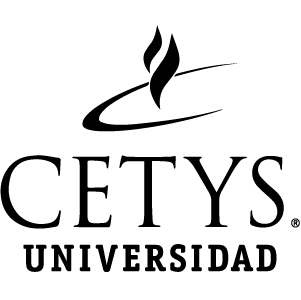https://repositorio.cetys.mx/handle/60000/807| Título : | Chemical issues of coffee and Tule lignins as ecofriendly materials for the effective removal of hazardous metal ions contained in metal finishing wastewater |
| Otros títulos : | Chemical Engineering Journal |
| Autor : | López Maldonado, Eduardo Alberto |
| Autor: | Hernandez-Garcia, Heron Zamudio Aguilar, Minerva Oropeza-Guzmán, Mercedes T. Ochoa-Teran, Adrián López Martínez, Luis Miguel Martinez Quiroz, Marisela Valdez, Ricardo Olivas, Amelia |
| Palabras clave : | Coffee lignin;Tule lignin;Heavy metal removal;Macromolecular metal complex |
| Sede: | Campus Tijuana |
| Fecha de publicación : | oct-2020 |
| Citación : | Vol. 397; |
| Resumen : | Two lignins extracted from coffee Arabica and stems of Typha domingensis (Tule) residues (CL and TL) are proposed as new multifunctional ecofriendly material for an effective removal of hazardous metal ions and organic matter contained in a typical metal finishing wastewater. The physicochemical characterization of CL and TL was achieve by FTIR, 1H NMR and molecular fluorescence to determine the Guaiacyl-Guaiacyl (G-G) and Syringil-Guaiacyl (S-G) content and to identify functional groups. The chemistry at the interphase of these two materials with wastewater was monitored by zeta potential measurements to evaluate the electrostatic interaction between the lignin macromolecules and the contaminants, and to determine the metal ion-TL and metal ion-CL association constants (Kf). The multifunctional performance of CL and TL were also evaluated as innovative heavy metal sequestering agents through colloidal stability analysis and XPS with a synthetic and a real wastewater from the metal finishing industry. The results showed that the CL with a surface charge density (−1.20 mEq/g) has a superior multifunctional performance than TL (−0.48 mEq/g) in the complexation-coagulation-flocculation process for a simultaneous separation of seven metal ions in a model wastewater at pH = 5.0. The removal efficiencies were greater than 95%, with a CLdose = 95 mg/L, a global removal capacity of (21.7 g Mn+ removed/g CL), clarification kinetics of 325.0% T/h, and sedimentation ratio of 115.0 mm/h, following a chemical affinity order: Cr3+>Zn2+>Pb2+>Ni2+>Ca2+>Cd2+>Cu2+. This chelating behavior is in agreement with the values of the association constants (Kf) for the complexes CL-Mn+ and the G-G subunits containing functional groups as carboxyl, hydroxyl and sulfonic, allowing simultaneously the interaction with different cations depending on their hard-soft acid character. |
| metadata.dc.description.url: | https://doi.org/10.1016/j.cej.2020.125384 |
| URI : | https://repositorio.cetys.mx/handle/60000/807 |
| Aparece en las colecciones: | Artículos de Revistas |
| Fichero | Descripción | Tamaño | Formato | |
|---|---|---|---|---|
| CHEMICAL ENGINEERING.jpg | 29.53 kB | JPEG |  Visualizar/Abrir |
Este ítem está protegido por copyright original |
Este ítem está sujeto a una licencia Creative Commons Licencia Creative Commons


